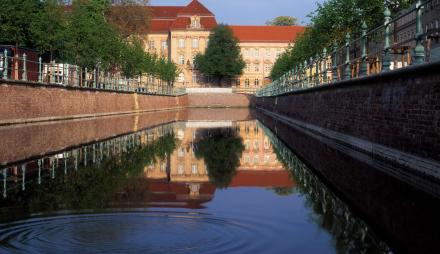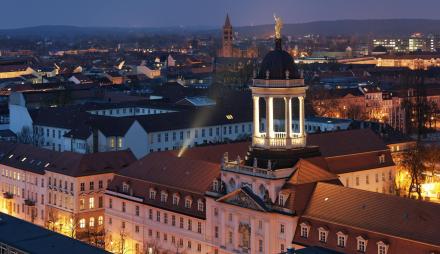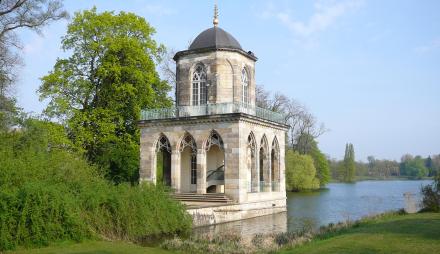The central detention prison of the Soviet military counterintelligence service was located at Leistikowstraße 1 in Potsdam from the summer of 1945 until the 1980s. There are few other detention facilities that have been preserved with such oppressive authenticity as the former parsonage of the Evangelical Church Aid Association, which was converted into a prison. The history of the building and the fates of the prisoners associated with it are the focus of the permanent exhibition that opened in spring 2012.
The exact number of people detained by the secret service at this site remains unknown. Today, preserved prison cells with original wooden bunks, solitary confinement cells, bricked-up passages and windows, heavy bars and privacy screens, as well as remnants of barriers and the foundations of exercise yards, bear witness to repression and injustice. Numerous carvings in German and Russian on the basement cell walls poignantly reflect the prisoners' deprivation of rights and isolation.
In addition to the exhibition, a 2.5 km-long historical trail with 14 stations provides information about the traces and remnants of the surrounding former secret service compound, “Military Town No. 7.” A bronze model in the courtyard of the memorial site illustrates the layout and structure of this "forbidden city" and serves as an excellent starting point for exploring this historical area.
Links
Address
Gedenk- und Begegnungsstätte Leistikowstraße Potsdam
Leistikowstraße 1
Stiftung Brandenburgische Gedenkstätten
14469 Potsdam
Germany





